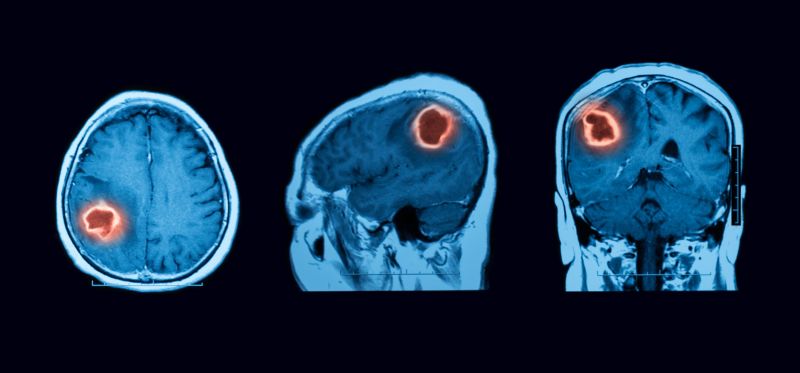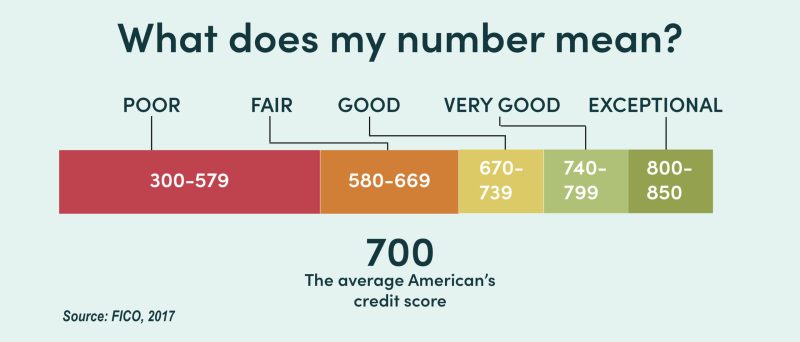If I Owe State Taxes How Do I Pay – The term “tax liability” refers to the amount of money taxpayers can take directly from the taxes they pay. This is different from tax deductions, which reduce average per capita income.
The amount of tax payable depends on the nature of the liability. Some fields; Different types of tax credits are provided to individuals or businesses in different categories or industries.
If I Owe State Taxes How Do I Pay
State and federal governments are economic, Tax credits may be given to encourage certain behaviors that benefit the environment or other things the government deems important.
How To File Taxes In 2024
For example, There is a tax credit that rewards people for installing solar panels on their homes. Some tax credits are available for child care expenses and dependent care; It helps with education and child rearing.
Tax credits are better than tax refunds because they reduce the dollar tax liability. Although the deduction reduces the final tax liability. It only works at the individual’s minimum tax rate.
For example, a person in the 22% tax bracket could save $0.22 for every dollar in discounts. However, The credit reduces the tax liability by $1.
Nonrefundable tax credits are amounts deducted directly from an individual’s tax liability until the tax equals $0. No refund will be given in excess of the tax refund that would normally result in a refund to the taxpayer. Hence the word “irreversible”. In fact, Any remaining portion of the unused non-refundable tax credit will be forfeited.
State Income Tax
Non-refundable tax credits apply only in the reporting year; It expires after your return and cannot be carried over to future years. Therefore, Nonrefundable tax credits can adversely affect low-income taxpayers because they often cannot use the full amount of the credit.
Refundable tax credits are the most favorable credits because they are paid in full. This means that the taxpayer (regardless of his income or tax liability) is entitled to the full amount of the credit rather than the zero amount on the tax return. for example, If the tax refund reduces the tax payment to less than $0, the taxpayer should receive a refund of that amount.
One of the most popular of the refundable tax credits is probably the Earned Income Tax Credit (EITC). The EITC is for low- and moderate-income taxpayers who are employed or self-employed and meet certain criteria based on income and number of family members.
Premium tax credit is also refundable. It helps individuals and families defray the cost of health insurance premiums purchased through the health insurance marketplace.
Tax Deduction Definition: Standard Or Itemized?
Some tax credits are only partially refundable. Another example is the American Opportunity Tax Credit (AOTC) for high school students.
If a taxpayer reduces their tax liability to $0 before using the entire $2,500 tax deduction, the remainder can be treated as a refundable credit minus 40% of the remaining credit or $1,000.
The child tax credit is partially refundable, but as a result of the Tax Cuts and Jobs Act (TCJA) it was reinstated ($1,500 in 2022 and $1,600 in 2023). If the taxpayer has sufficient tax liability. The total amount of the child tax credit is $2,000.
This debt is extended and fully repaid as part of the US budget plan for fiscal years 2020 and 2021.
How Do I Track My State Refund?
In March 2021, Congress passed the American Relief Act, which was signed into law by President Biden. According to the plan, Those who qualify will receive up to $1,400 in incentive checks.
In addition, Some temporary changes will be made to the child tax credit for married couples filing jointly with adjusted gross income (MAGI). -,, a Gross Income (MAGI) up to $150,000; Head of Household and up to $112,500 in MAGI; or above MAGI for single filers. Up to $75,000
Changes were also made to the EITC. Originally set at $543 for childless households, the maximum income tax credit for the same households is $560 in 2022 and $600 in 2023. The bill also expands eligibility to childless households. Previously, people under the age of 25 and 65 could not apply for credit. The upper limit has been removed and the lower limit has been reduced to 19 (meaning that anyone 19 or older with no children who meets the income requirements can claim the EITC).
Note a few exceptions: Students aged 19-24 who are on a full-time course are not eligible. Foster children or youth experiencing homelessness can apply at age 18. The exit percentage for single filers was increased to 15.3% and the exit amount increased to $11,610.
Be Prepared For Taxes On Your Student Loan Forgiveness In These States
Except where noted, the measures for U.S. relief above (including the child and child/dependent care credit) are temporary and apply only through 2021. They will return to their previous forms in 2022 and beyond.
Let’s say you do the math and find that you pay the government $2,000 in taxes every year. But your tax advisor calls with good news: You qualify for a $2,500 tax refund. This means that not only will your tax liability be eliminated, but you will receive a $500 refund.
If such tax credit is refunded, Your financial gain will be limited to the tax credit you owe. A refund is not available for the remaining $500 of tax liability.
By 2022, The child support and maintenance credit is non-refundable. This loan helps individuals and couples to reduce the cost of caring for children under the age of 13. It is available to people who need to arrange this care in order to work or look for work.
How Much To Set Aside For Small Business Taxes
If you are caring for a partner or dependent of any age who is unable to care for themselves, you can get credit.
In 2022, You can claim up to $3,000 to care for one dependent or $6,000 for two or more. Loans range from 20% to 35% depending on your income.
To qualify for this tax credit; Your submission status is single; married couple Must be head of household or eligible widow or widower.
The Lifetime Learning Credit can help reduce the annual cost of a high school education, whether you graduate or not.
Taxes After Retirement
The tax credit is up to 20% of qualified educational expenses or a qualified taxpayer; It can be up to $2,000 for their spouse or dependent. By 2022, You can claim the full credit in 2022 if your annual income is $80,000 or less for single filers or $160,000 or less for married filing jointly.
The Retirement Savings Assistance Credit is designed to encourage low- and moderate-income taxpayers to save for retirement. Employees have individual retirement accounts (IRAs); A portion of the first $2,000 can be paid toward contributions to 401(k) plans and some other workplace retirement plans.
Applies to qualifying contributions to pension plans. You must be at least 18 years old and not a full-time student during the year. In addition, You cannot be claimed based on someone else’s tax return.
By 2022, $34,000 for personal documents; A $51,000 loan for heads of household and $68,000 for married couples will be available in 2022. The maximum credit is $1,000 for individuals or $2,000 for couples.
Priority Taxes And Bankruptcy
Both tax credits and tax refunds are a welcome addition to tax season for all taxpayers. Both reduced government debt within a year. However, they do it differently.
A tax credit reduces a certain amount of tax that a person saves. for example, Let’s say you have a $500 tax credit and a $3,500 tax credit. The tax credit reduces your liability to $3,000.
You can reduce the amount of tax you owe to zero and maximize nonrefundable tax credits with dollars left over. This amount will not be refunded.
Refundable tax credits give you a refund if you have money left over after reducing your tax liability to zero. as a result, They are considered more valuable than non-refundable tax credits.
Reasons You Might Owe Money To The Irs This Tax Season
There are also some tax charges that lead to refunds even if you don’t pay tax.
You must meet certain criteria for the tax credit; So be sure to check the information with a tax advisor or the IRS.
A tax return reduces the amount of your taxable income. for example, Contributions you make to a 401(k) in a given year will reduce your taxable income by the full amount.
You can choose to take the standard deduction provided for all taxpayers (in a single filer, it’s $12,950 in 2022 and $13,850 in 2023) or itemize. It is one or the other; So before you prepare your taxes, be sure to consider whether the individual deduction could save you more than the standard deduction.
Living And Working In Different States Can Be A Tax Headache
Standard deductions are automatic, but keep in mind that you must provide documentation of the deductions you made.
Tax credits are non-refundable; Non-refundable or partially non-refundable. Refund tax credits are available.
If you owe back taxes, how to pay if you owe taxes, if i owe state taxes how do i pay, if you owe state taxes how do you pay, if i owe taxes how do i pay, what if i owe taxes and can t pay, if you owe federal taxes how do you pay, what to do if you owe taxes, i owe taxes how do i pay, i owe state taxes how do i pay, if you owe taxes how do you pay, what to do if i owe taxes








